Subscriber Benefit
As a subscriber you can listen to articles at work, in the car, or while you work out. Subscribe Now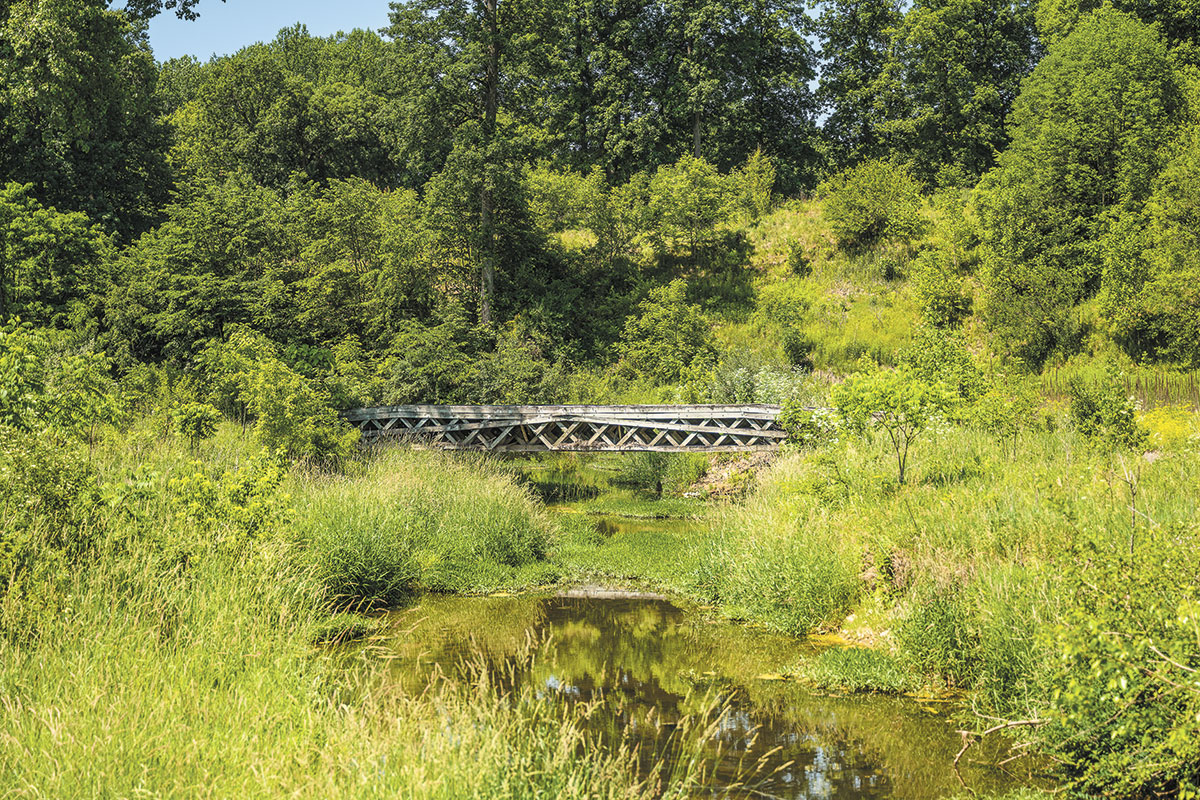
The only clues that Carpenter Nature Preserve in Zionsville used to be Wolf Run Golf Club are the cart paths and sand traps where plants and grasses struggle to grow.
Other than that, the fairways and greens have gone back to nature in the six years since Wolf Run closed in 2017. Birds, bats, deer, foxes and turtles flourish, no longer bothered by wayward drives of golfers who once roamed central Indiana’s most difficult course.
“This is the sixth summer, so it really takes over quickly,” said Jim Carpenter. He and his wife, Nancy, are the namesakes of the preserve. “It’s pretty amazing what has happened, but wildlife is finding it. It’s going to be a wonderful preserve for people and nature.”
Carpenter Nature Preserve, along Eagle Creek on the southwest side of the intersection of North Michigan Road and State Road 32, will be developed in multiple phases.
The first phase at the 215-acre nature preserve will be completed by late 2025 or early 2026 with the basics: trails, parking and restrooms.
Future plans call for a nature center and an outdoor classroom. The preserve will also have enhanced wetlands, woodlands and prairies, along with boardwalks, a nature-inspired playground and Eagle Creek overlooks.

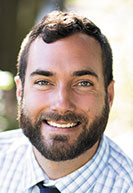
“My jaw dropped at the possibilities,” Zionsville Superintendent of Parks and Recreation Jarod Logsdon said about his first visit to the site in 2021. “To have 215 acres in central Indiana is pretty unheard of.”
Carpenter Nature Preserve will be the first park in rural Union Township and the largest nature preserve in Boone County.
It has multiple ecosystems, including waterways, forested areas and grasslands, that support a growing wildlife population.
“I do feel like it’s going to become a wildlife habitat,” Zionsville Mayor Emily Styron said. “I’m really, really thrilled that this space really does make a difference in our natural environment.”
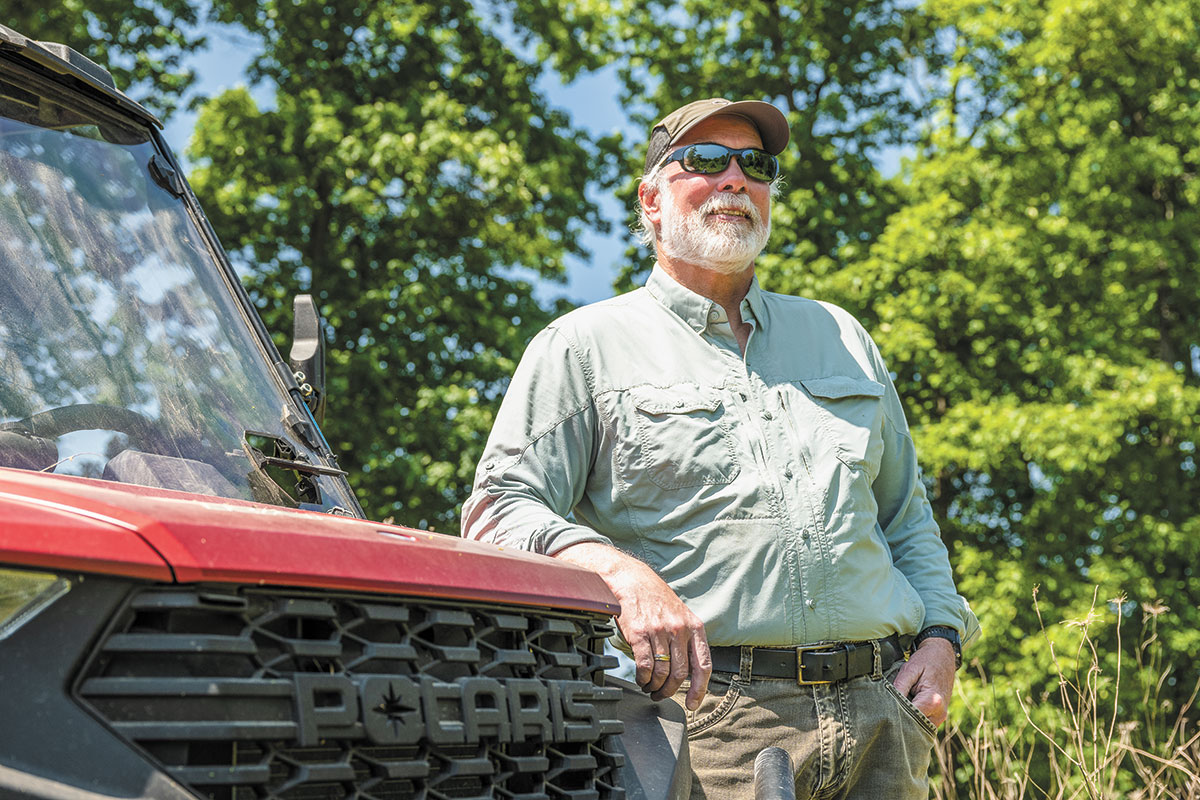
Shot in the dark
Transforming Wolf Run Golf Club into a nature preserve was a long shot. Only a handful of former golf courses nationwide have been redeveloped into anything other than housing and retail.
North Campus Open Space, northwest of Los Angeles; Wildflower Preserve, south of Tampa, Florida; and Forest Beach Migratory Preserve, along Lake Michigan north of Milwaukee, are among the few golf courses turned into preserves or restored as wetlands, according to the New York City-based Audubon Society.
Wolf Run, opened in 1989, was founded by Dr. Jack Leer, a dentist and amateur golfer, and designed by course architect Steve Smyers. With its large water features, green-side bunkers and undulating landscape, the course was frequently rated as central Indiana’s most difficult, according to U.S. Golf Association slope ratings.
“The course will look as if it’s been in existence for a hundred years the first day it’s open,” Leer told The Indianapolis Star in 1987. “We don’t have to plant any trees; we have to clear them. And the terrain is magnificent—rolling hills, ravines and Little Eagle Creek rambling through the whole layout.”
But Wolf Run didn’t last.
In December 2017, amid a spate of golf course closures across the country, then-Wolf Run owner Stan Burton filed plans with the town of Zionsville to rezone the land as a planned unit development that would allow 360 single-family houses, 200 multifamily housing units, 50,000 square feet of retail space and 50,000 square feet of office space.
When those plans stalled, Styron and Deputy Mayor Julie Johns-Cole toured the site with Burton. “I could start to see that this could be an amazing park for Zionsville,” Styron said.
She asked Burton how much money it would take to purchase the land. The answer was $5 million.
“I went home that night, and I started calling folks that I thought might have a million dollars,” Styron said. “When I got to the Carpenters, instead of laughing or saying, ‘Oh, sure, when I win the lottery,’ they said, ‘Well, we’d love to take a look at it.’”
‘Couldn’t let that happen’
The Carpenters were curious at first.
As longtime Zionsville residents, they knew about Wolf Run’s unique landscape. They are owners of Wild Birds Unlimited, an Indianapolis-based franchisor of more than 300 retail stores that sell bird feeders and bird food, and they were passionate about the potential of a nature preserve.
The Carpenters previously donated a parcel of land at the Brown County Nature Conservancy. They also provided money to create the Wild Birds Unlimited Native Pollinator Meadow at a former gravel pit at Newfields between the Indiana Central Canal and the 33-acre lake at The Virginia B. Fairbanks Art & Nature Park.
“When we saw [Wolf Run], we knew what would likely happen to it in the years to come for development, [and] we just couldn’t let that happen,” Nancy Carpenter said. “We felt like it would be such a shame for Zionsville to lose that opportunity.”
The Carpenters purchased the land from Burton in 2021 for $5.5 million. While the land is now appraised at just more than $6 million, the Carpenters agreed to sell the property to the town for $4.52 million. The Carpenters expect the sale to the town will be completed this fall.
The Zionsville Town Council in May voted 6-1 to approve a $5.5 million bond that will cover the cost of purchasing the property, along with engineering, surveys and construction documents for the first phase of construction.
The Zionsville Parks and Recreation Department has been nominated for a $3 million Next Level Conservation Trust grant that will reimburse the town for acquiring the land, a $500,000 Land and Water Conservation Fund grant for the first phase of development, and $4 million in Indiana Stream and Wetland Mitigation Program credits to fund restoration work along Eagle Creek.
Nancy Carpenter helped form the Zionsville Parks Foundation, which will look to raise money for the town’s parks system.
Indiana lags significantly in conservation funding when compared with neighboring states like Illinois, Michigan and Ohio. That makes achieving projects like Carpenter Nature Preserve challenging.
The Indiana Department of Natural Resources 2022 budget was $277 million. Budgets for comparable agencies in other states were $1.3 billion in Illinois, $535.5 million in Michigan and $493.3 million in Ohio.
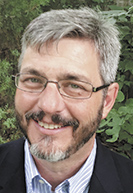
Indiana’s Benjamin Harrison Conservation Trust (formerly the Indiana Heritage Trust) received a $10 million appropriation this year from the Indiana General Assembly. John Ketzenberger, director of government relations for The Nature Conservancy in Indiana, said it was the trust’s first extra appropriation from the Legislature since 2010.
Founded in 1992, the trust is mostly funded by the $25 it receives from each $40 purchase of a specialized environmental state license plate. That funding amounts to about $800,000 to $1 million per year, Ketzenberger said.
“[The conservation trust is] a vital program for not-for-profits and local governments to use to help willing sellers and to be able to put this land into a conservation state so that it will be there for years to come,” he said.
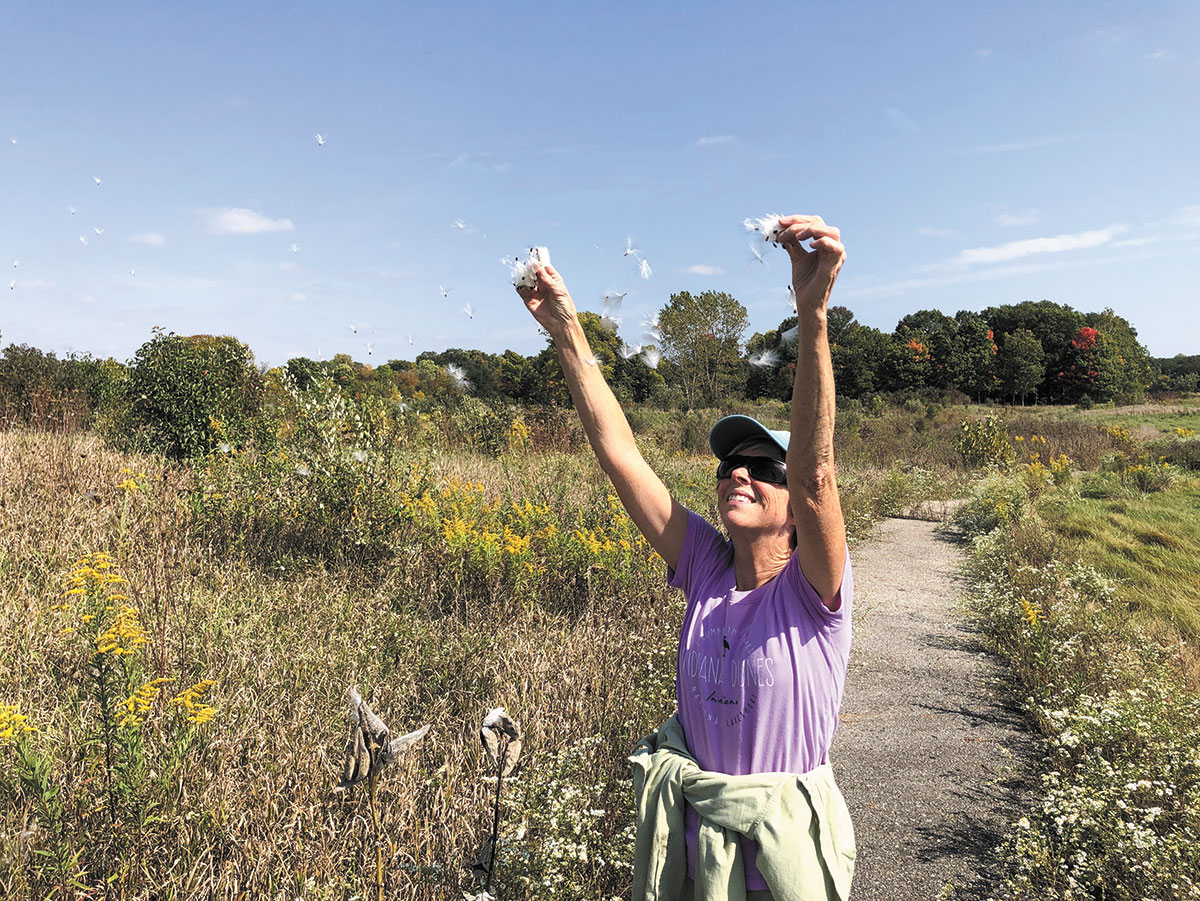
A rare space
As interim owners, the Carpenters care for the land by mowing the old golf cart trails, checking 24 bluebird boxes and caring for two experimental pollinator gardens near the former clubhouse.
“You figure we have 18 greens and 18 tees and then all the sand traps, so it creates a unique potential for creating some neat ecosystems that aren’t very common in this area, but there’s insects and birds and plants that would really like those areas if they existed,” Jim Carpenter said of the pollinator gardens. “So this is an experiment to see what can survive once you put it in.”
He said it wasn’t hard for him and Nancy to decide to be temporary caretakers because they knew it would take time for Zionsville to gather the funding needed to purchase the land.
“When we saw this, we recognized this is unique,” Jim Carpenter said. “You cannot find anything like this in central Indiana that will ever be available again.”
Former fairways along the forest line will be allowed to naturally grow back into the woods, while grasslands in the middle of the preserve will be rehabilitated by Zionsville Parks & Recreation to remove invasive species.
On a recent trip to the preserve by IBJ, a large snapping turtle rested at the bottom of Eagle Creek, while numerous types of birds—including orioles, blue grosbeaks, vultures and great blue herons—flew above.

“There’s nothing like it in Boone County, certainly,” said Zionsville Board of Parks and Recreation President John Stehr, who in May won the town’s Republican Party primary for mayor. “I don’t think there’s anything like it in central Indiana.”
As they prepare to hand Carpenter Nature Preserve over to the town, Jim and Nancy Carpenter said they hope their work will inspire other people with the means to use their resources for conservation efforts.
“It’s not been without some stress and some risk, but it’s been really, really rewarding to do a project like this,” Nancy Carpenter said. “It’s going to hopefully last for 100 years or more and provide people with joy and animals with habitat, and I hope it inspires others. That’s been my main goal.”•
Please enable JavaScript to view this content.


Stunning how poorly the Republicans in the state house fund our DNR/ State Parks. I urge citizens to remember that when you visit our state parks and complain how substandard and in many cases down right bad, our parks are.
Our parks have to have a 501c3 to support themselves we so poorly fund them. It’s embaressing
We’ve had the same issue during democrat leadership also, this is no place for your partisan politics! Unfortunately the entire state and most cities do not fund, and especially don’t maintain, our parks and natural areas.
As an fyi, all flowering plants and trees are pollinators, it doesn’t take a special garden or meadow.
I am glad this will be a nature preserve and not have all its topsoil scraped off to throw in a bunch of tract houses. We need to do a better job in Indiana of preserving our natural resources. Either like this, or with other uses of open land that do not permanently reduce its ability to grow native habitat.
While this is true, isn’t it kind of a waste of those portions of the land that have infrastructure installed underneath? I think it’s great to develop at least parts (maybe even a significant majority) into a nature preserve, but it’s kind of a shame to let electric and water/sewer rot when it could cluster a handful of homes in a high-demand area–then give them a wonderful park nearby.
Bravo to the Carpenters. Golf is an expensive and dying game that wastes so much land and water that more courses should be converted for conservation purposes.
Amazing project!! As a DNR employee I can’t wait to visit this property and explore it with my family and friends.
To clarify, all flowering plants and trees produce pollen, but only insects, birds and some bats are pollinators. Pollinators are essential for fertilization and the production of seeds, fruits, etc. In order to preserve our diminishing native plants and threatened ecosystems, native plant species are necessary. Non-native plants that aggressively out compete most native species of plants often do little if nothing to provide sustenance for our native birds and butterflies.
It thrills my heart that somebody with that much money cares more about the environment than making a profit. I’d love to meet the Carpenters one day and shake their hands. Unfortunately, they are in the minority. I don’t normally care to meet rich or famous people. But I do like to meet people who have a philanthropist spirit in them. It’s also obvious they didn’t do this for the publicity or for any kind of reward other than they wanted the area to be kept from all the mass building contractors. Who would have just mowed most of the trees down to build boring looking houses. I’m not singling any 1 of them out because they all do it. Most of their houses look the same. Occasionally you will get a thin tree lined lot.